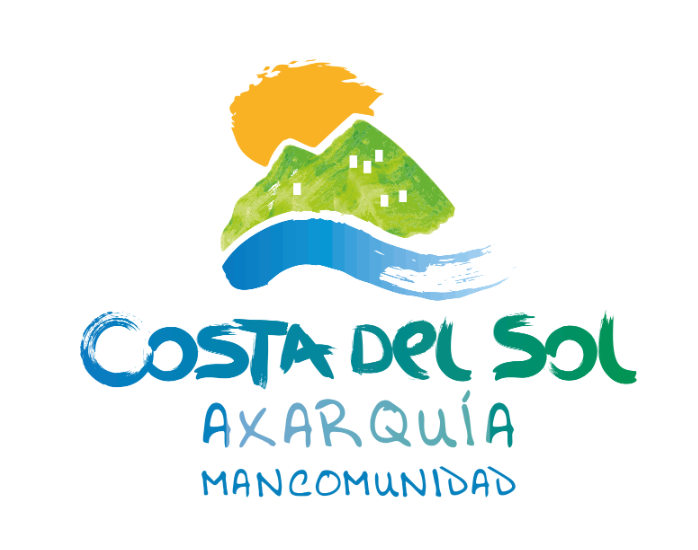Located in Calle de la Fuente, there is no evidence of its construction. Its current appearance is the result of the restoration carried out in the 1990s.
This popular fountain, known as the "Cinco Caños" (Five Spouts), is named, indisputably after the five pumps that water gushes out of it without interruption. It is said that the spring has never dried up.
As a singular fact, its water comes out very cool in summer and in winter it is warmer to the delight of the palate. According to tradition, if you drink from the middle pipe, you will marry a young man or woman from the village.
